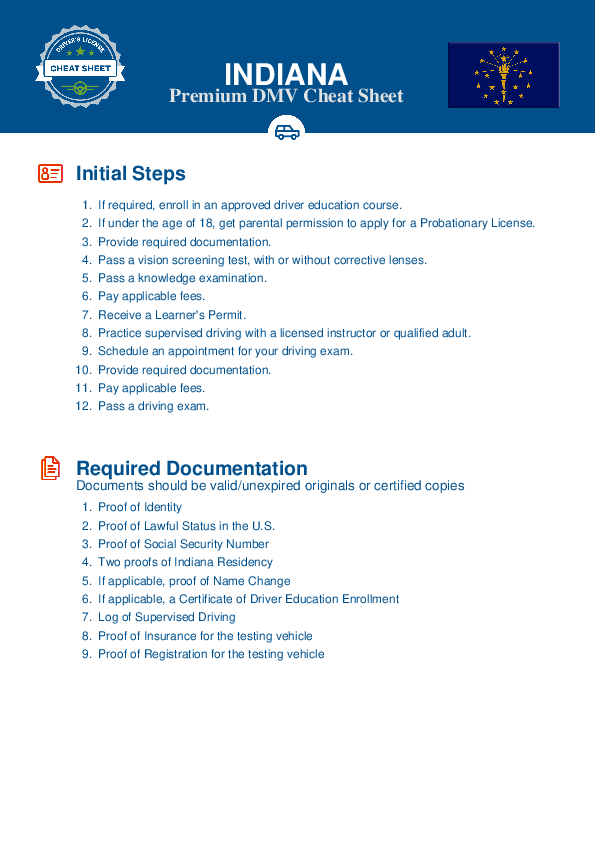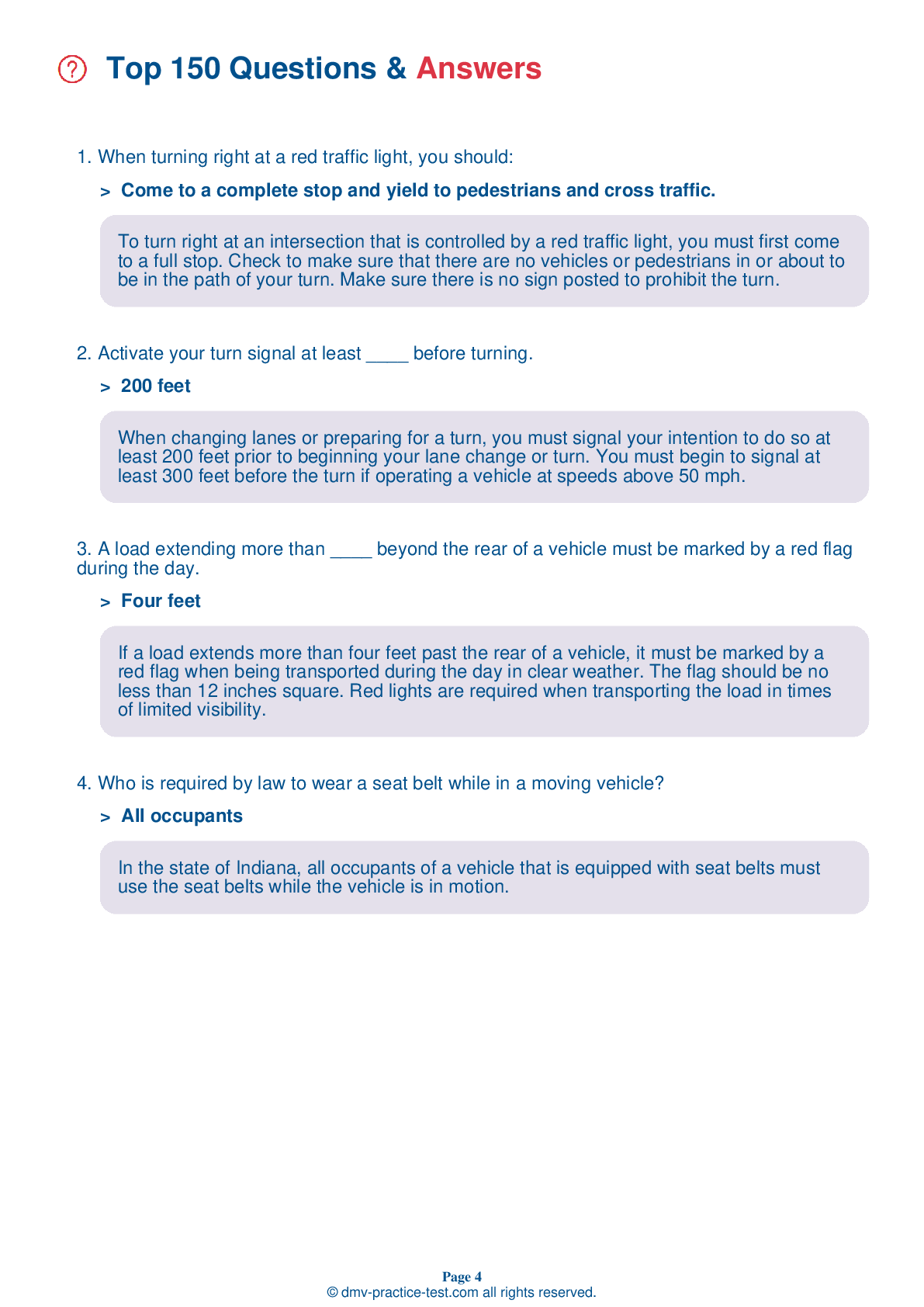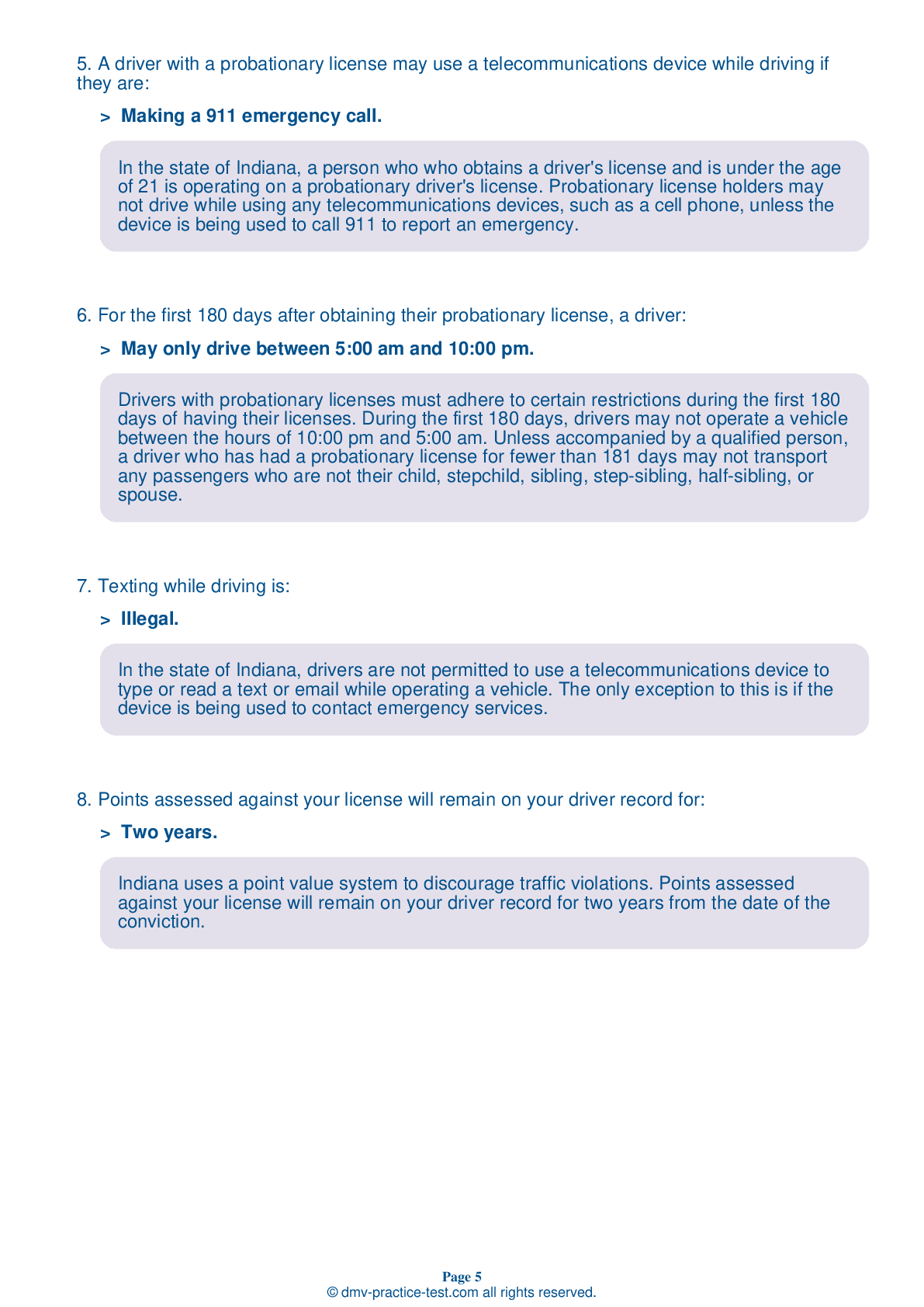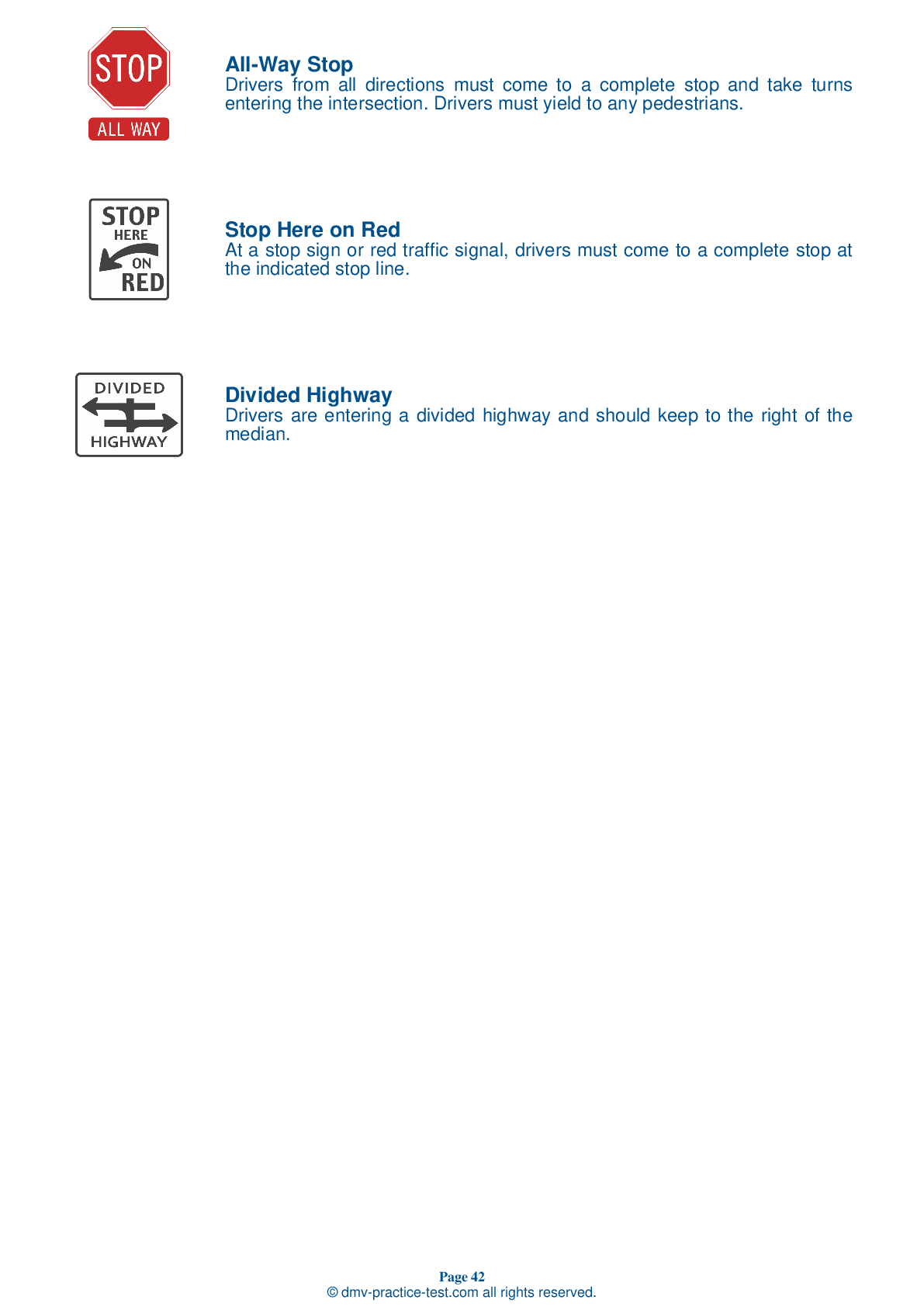FREE Indiana DMV Practice Test #18 Page 5 of 5
This set of Indiana DMV practise tests has been updated for January 2025. It includes questions based on the Indiana Driver Handbook's most significant traffic signals and laws for 2025. Use actual questions that are very similar (often identical!) to the DMV driving permit test and driver's licence exam to study for the DMV driving permit test and driver's licence exam.
On the practise exam, each question gets a tip and explanation to help you remember the concepts. The written component of the official Indiana DMV test will include questions about traffic rules, traffic signs, and driving statutes, as well as information from the Driver Handbook.
To obtain a passing grade, you must correctly answer 44 of the 50 questions. Take our DMV practise exam to help you prepare for your Indiana instruction permit or driver's licence.
The DMV exam is available in several languages.
Using any kind of testing assistance will result in an automatic fail, and the DMV may take additional action against your driver's licence, so stay away from it.
39 . You come to an intersection that is blocked by other traffic. You should:
You cannot enter an intersection if traffic is backed up on the other side and you cannot get completely through the intersection. Wait until traffic ahead clears so you do not block the intersection.
40 . This road sign means:
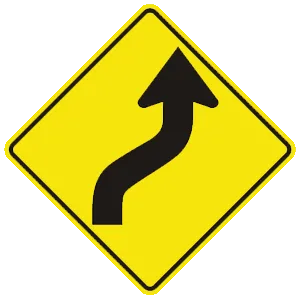
This sign indicates that the road ahead curves to the right and then to the left. You should slow down to be able to negotiate these curves safely.
41 . You must stop for a school bus:
You must stop when approaching a school bus that is displaying flashing red lights while stopped to pick up or drop off children. On a two-lane road, traffic moving in both directions must stop and remain stopped as long as the red lights near the top of the bus are flashing and/or the stop arm on the left side of the bus is extended.
42 . Emergency vehicles:
You must yield the right-of-way to police cars, fire engines, ambulances, or any other emergency vehicles using a siren or air horn and a red or blue flashing light. Follow any instructions given over the emergency vehicles' loudspeakers. Emergency vehicles often follow each other so you should proceed only when you are certain the way is clear.
43 . If a vehicle using high beams comes toward you, you should look toward ____ of the road.
If a vehicle approaching you is using its high beams and fails to dim them, you should glance toward the right side of the road. This will keep you from being blinded by the other vehicle’s headlights and will allow you to see well enough to stay on your course until the vehicle passes.
44 . This road sign means:
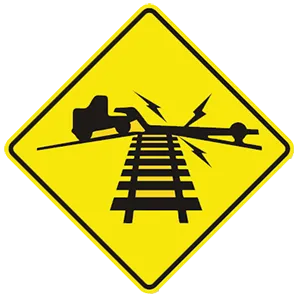
This sign indicates a low ground railroad crossing. Where this sign is present, railroad tracks cross the road at a steep slope and the bottom of low vehicles may drag or get caught on the tracks.
45 . When driving in fog, you should use your:
If you must drive in foggy conditions, you should use your low beam headlights, as well as your fog lights, if your vehicle has them. High beams direct their light upwards, where it can bounce off the fog and into your eyes, reducing visibility even more.
46 . When passing other vehicles:
Before passing another vehicle, check your mirrors and blind spots. Before changing lanes, activate the appropriate turn signal. Re-enter the lane when you can see the front of the passed vehicle in your rearview mirror.
47 . When getting ready to change lanes, you should:
Before changing lanes, check your side and rearview mirrors for traffic approaching you from behind. Just before you begin moving into the other lane, quickly glance over your shoulder and check for any vehicles that may be in your blind spot.
48 . The driver's left arm and hand are extended upward. This hand signal means that the driver plans to:
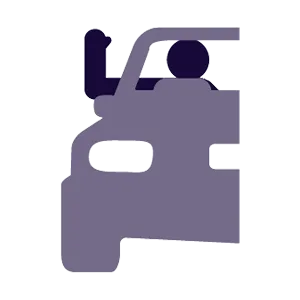
If a driver's left arm and hand are extended upward, they are indicating that they intend to turn right. Adjust your driving accordingly if following a driver who is using this hand signal.
49 . You may drink alcoholic beverages in a vehicle on a public highway:
It is against the law to consume or possess any alcoholic beverage while on a public road or sidewalk. Additionally, storing an open alcoholic beverage container in an area of a motor vehicle normally occupied by the driver or passenger is prohibited on any public road.
50 . When parallel parking between two cars, you should first:
After finding a parking space, checking traffic, and signaling, you should stop parallel to the vehicle directly ahead of your desired parking space before turning your wheel to park.
See the exact questions that will be on the 2025 Indiana DMV exam.
99.2% of people who use the cheat sheet pass the FIRST TIME
LT gives us an insight on how the cheat sheet provided her with all the study questions she needed before taking her test.
Joe initially studied with the handbook and failed his test, he eventually found us online, studied and pass his test the first time around.
